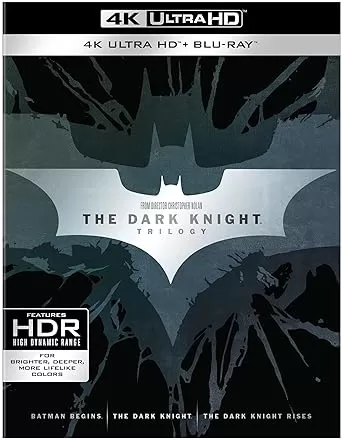To make informed decisions about which of the 350 crypto stocks to hold, buy, sell, or transfer, you'll need to consider several factors including market performance, project fundamentals, and your investment strategy. Here’s a general approach to guide your decisions:
Analysis Criteria
Market Performance:
- Price Trends: Look at the historical price data to understand trends and volatility.
- Market Cap: Consider the total market capitalization to gauge the size and stability of the cryptocurrency.
- Volume: High trading volumes can indicate liquidity and investor interest.
Project Fundamentals:
- Technology: Evaluate the underlying technology and its potential for growth or disruption.
- Team: Assess the experience and track record of the team behind the project.
- Use Case: Consider the practical applications and real-world utility of the cryptocurrency.
Investment Strategy:
- Risk Tolerance: Align your choices with your risk profile. High-risk/high-reward assets might suit aggressive investors, while more stable assets might be preferable for conservative ones.
- Portfolio Diversification: Ensure your crypto investments are diversified to mitigate risk.
- Holding Period: Determine if you're looking for short-term gains or long-term growth.
Decision Making
Bitcoin (BTC)
- Hold/Buy: Given its status as the leading cryptocurrency with a strong track record and widespread adoption, Bitcoin is often a safe choice for long-term holding. If you don’t already own it, consider buying.
- Sell/Transfer: Unless you need liquidity or have a better investment opportunity, holding Bitcoin is generally recommended.
Ethereum (ETH)
- Hold/Buy: Ethereum’s role in smart contracts and DeFi makes it a strong candidate for long-term investment. Its ongoing upgrades (like Ethereum 2.0) suggest potential for growth.
- Sell/Transfer: Similar to Bitcoin, holding Ethereum is typically advised unless you have specific reasons to sell.
Emerging Altcoins
- Buy: Consider buying emerging altcoins with strong fundamentals and innovative use cases if you have a higher risk tolerance and are looking for potential high returns.
- Hold: If you already hold promising altcoins, monitor their performance and consider holding for potential growth.
- Sell/Transfer: If an altcoin shows signs of underperformance or lacks a clear path to growth, it might be wise to sell or transfer to a more promising asset.
Specific Example Using Binance Data
Given the extensive selection of over 350 cryptocurrencies on Binance, let's consider a hypothetical scenario:
Cardano (ADA)
- Analysis: Cardano has a strong focus on security and scalability with its Ouroboros proof-of-stake protocol. It's gaining traction in the DeFi and NFT spaces.
- Decision: Buy/Hold if you believe in its long-term potential and the ongoing developments in its ecosystem.
Solana (SOL)
- Analysis: Known for its high throughput and low transaction costs, Solana is a favorite in the DeFi and NFT sectors.
- Decision: Buy/Hold if you're interested in high-performance blockchains and are willing to take on some risk.
Dogecoin (DOGE)
- Analysis: Dogecoin has a strong community but lacks significant technological innovation.
- Decision: Sell/Transfer if you're looking for more fundamentally sound investments, as Dogecoin's value is driven more by speculation than utility.
Conclusion
Your decisions should align with your investment goals and risk tolerance. Use the criteria above to evaluate each of the 350 crypto stocks available on Binance, and make informed choices on whether to buy, hold, sell, or transfer your assets. Regularly review your portfolio to ensure it continues to meet your investment strategy.
















